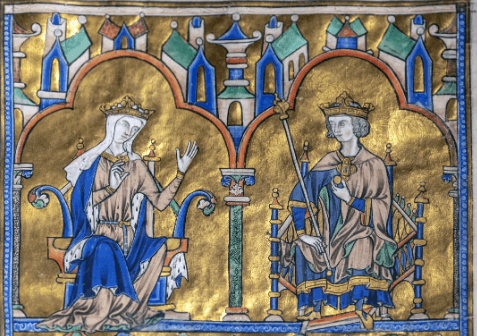Historical Perspectives in Art: From Prehistory to the Gothic Period Read Online

The examination of Historical Perspectives in Art: From Prehistory to the Gothic Period Read Online a compelling insight into the cultural and spiritual evolution of societies. Early expressions, such as cave paintings, laid the groundwork for more complex forms of artistic innovation seen in ancient civilizations. As religious themes gained prominence, art transitioned into a medium for conveying moral and spiritual narratives. The Gothic period, with its focus on human emotion, invites further exploration of how these artistic transformations reflect broader societal changes. What underlying forces propelled this evolution, and how did they shape the art we recognize today?
Prehistoric Art and Its Significance
What drives humanity to create Historical Perspectives in Art: From Prehistory to the Gothic Period Read Online even in the absence of written language? Prehistoric cave paintings serve as profound expressions of human experience, encapsulating symbolic meaning that transcends time.
Read More Clipart:3lffd4lpfzq= Leprechaun
These artworks reflect early humanity’s desire for communication, connection, and understanding of their environment. Through vibrant imagery, they convey stories, beliefs, and emotions, highlighting an innate need for creativity and self-expression in the human condition.
Ancient Civilizations and Artistic Innovation
As societies evolved into more complex structures, the role of art transformed significantly, reflecting the innovations and ideologies of ancient civilizations.
Ancient techniques in sculpture, pottery, and painting emerged alongside vibrant cultural exchange between societies. This interplay fostered advancements, as artists integrated diverse influences, creating artworks that not only depicted their realities but also communicated shared values and aspirations across civilizations.

The Rise of Religious Art
The emergence of religious art marked a pivotal shift in the Historical Perspectives in Art: From Prehistory to the Gothic Period Read Online landscape, particularly during the early centuries of the Common Era.
This period saw the proliferation of iconic symbols, serving as a medium for spiritual expression. Artists began to explore themes of divinity and morality, transforming societal values into visual narratives that resonated deeply with the human experience, thus redefining the purpose and perception of art.
Transformations in the Gothic Period
Emerging from the spiritual fervor of the preceding centuries, the Gothic period heralded a transformative era in art characterized by an increased emphasis on realism and human emotion.
Gothic architecture, with its soaring cathedrals and intricate details, employed symbolic motifs to convey deeper narratives.
Read More Clipart:4vudh9ar4ew= Dancing
This artistic evolution reflected a shift towards individual expression, capturing the complexities of the human experience within a spiritual framework.
Conclusion
The evolution of Historical Perspectives in Art: From Prehistory to the Gothic Period Read Online from prehistory to the Gothic period presents a captivating narrative of human creativity and societal transformation. Each era, marked by distinct innovations and themes, reflects the shifting priorities and beliefs of civilizations. As the intricacies of human emotion and spirituality emerge, one must ponder: what will the next chapter in the history of art unveil? The journey continues, inviting deeper exploration into the interplay between artistic expression and the human experience.




